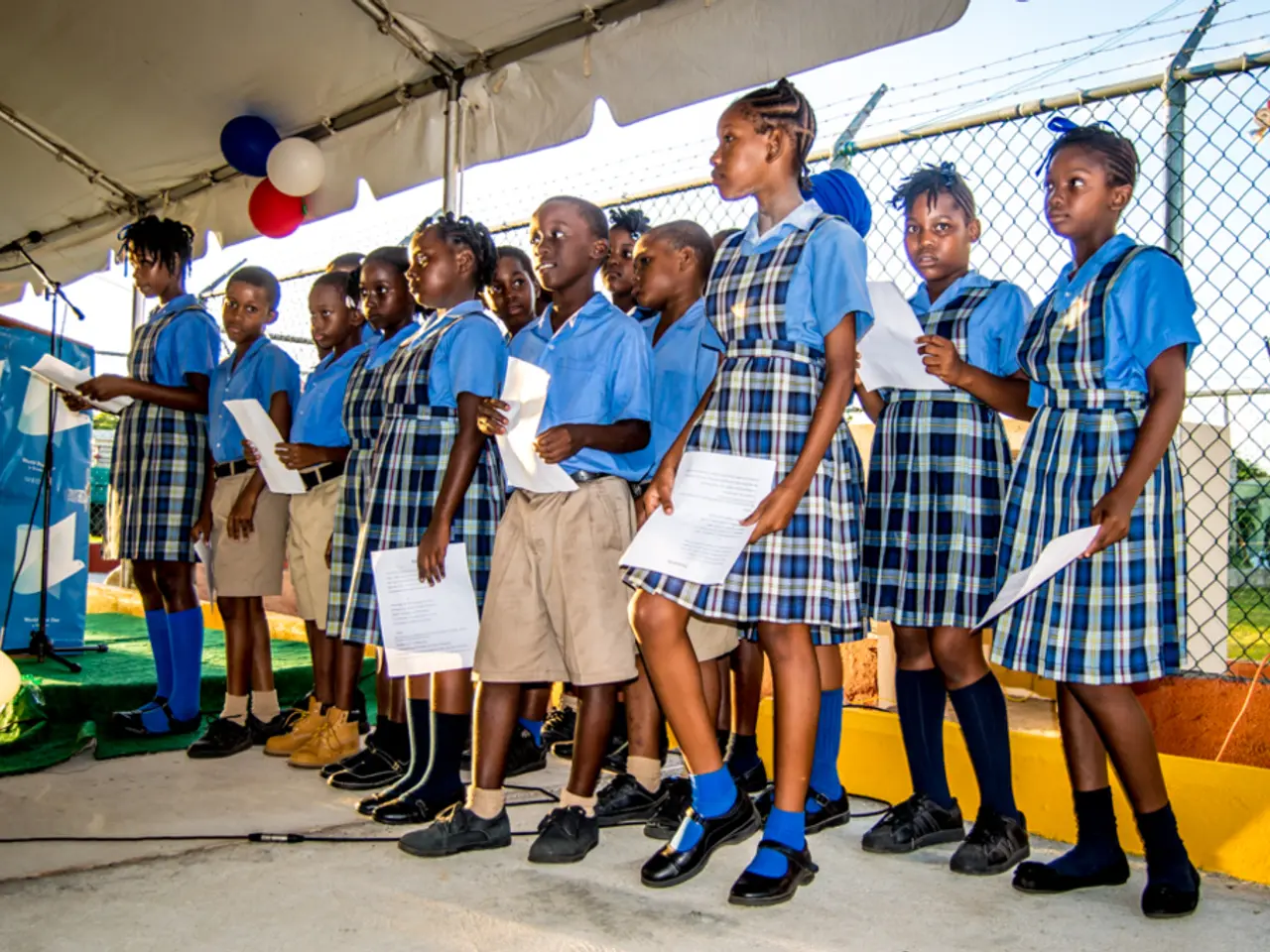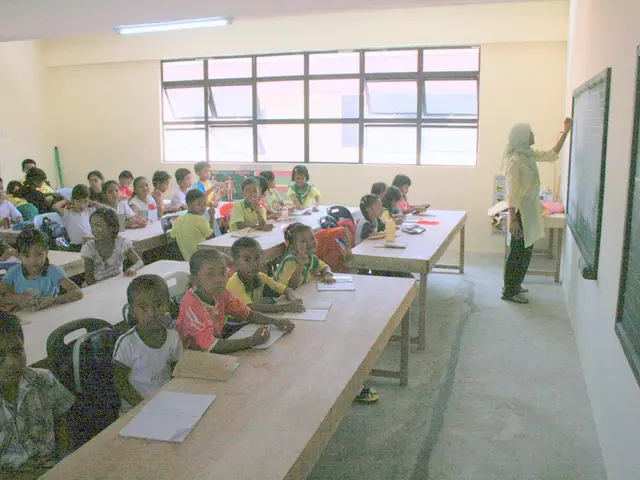Examining Apprehensions Regarding Responsibility in Learning Environments
October marks a significant time in the education calendar. Not only is it a month for fall festivals and open houses, but it's also a time when educators can concentrate more on teaching and instruction. This month is also the beginning of the federal fiscal year and the publication of accountability standings for districts.
The Every Student Succeeds Act (ESSA), the third iteration of the Elementary and Secondary Education Act, dictates requirements for states receiving federal funding. Under ESSA, states will soon be posting their results on public websites, providing parents, community members, and other stakeholders with valuable insights into the performance of their schools.
The history of education shows a cyclical nature, with movements like the 'Common School' and 'Common Core' repeating. The common schools, a universal schooling plan proposed by Horace Mann in the 1830s, aimed to prepare all students equally to be citizens. Mann, a secretary of the Massachusetts state board of education, advocated for a publicly funded school system.
The pandemic resulted in significant changes in schools, and accountability was waived for a few years. However, with the return to normalcy, accountability is once again a large part of the legislation. Many states rely on federal funding to offset the cost of educating their youth, and accountability helps measure progress in educating students as a district and state.
The number of students enrolled in public schools has grown significantly over the years. From about 55% of children aged 5 to 14 in the mid-1800s, the percentage rose to 78% by 1870. This growth underscores the importance of public schools in communities across the United States.
As the results are published, everyone within a community should care enough about their school to overcome any fear about public schools. Parents and community members may demand answers, withdraw students, or petition for change due to the posted results. Community leaders may face negative stories about low-performing schools, but schools should be seen as the cornerstone of a community, with the school's success being a community responsibility.
Realtors and business owners may question the sellability of houses in low-performing school zones. However, by working together, communities can strive to improve their schools and, in turn, the overall quality of life in their neighbourhoods.
In conclusion, the publication of ESSA results is a crucial step in ensuring accountability and improvement in public education. It's a time for communities to come together, support their schools, and work towards a brighter future for their children.




